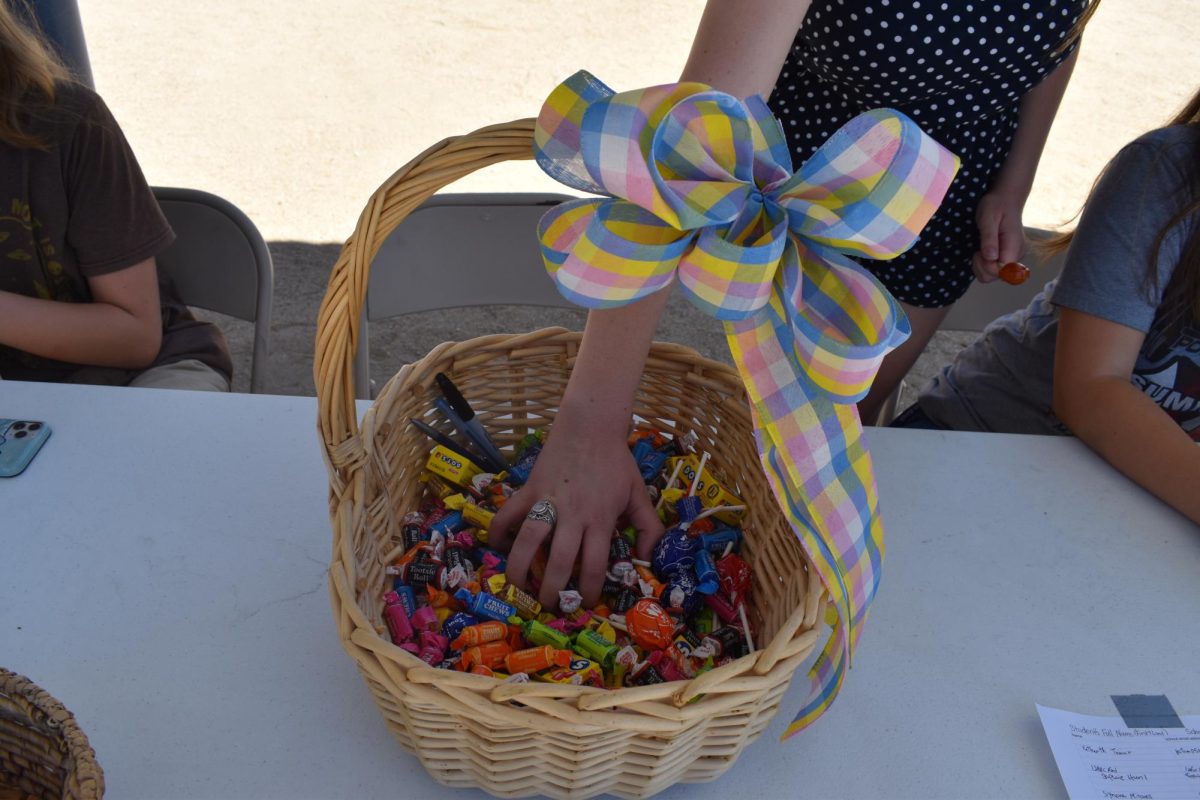James:
The history and meaning behind trick or treating, is much more in-depth as compared to trunk-or-treating, which was simply created as a safer alternative to trick or treating.
The first documented example of trunk-or-treating was in 1989 at a church in California, nearly 400 years after its predecessor. How can people enjoy letting their kids get free candy, from the back of a parked vehicle, in a parking lot? That sounds like a crime scene waiting to happen. Plus, if that person is getting the candy, what is the fun of staying in that parking lot for the whole night, with not many other places to go besides each car’s bumper? When a person goes trick or treating, they can walk around their entire neighborhood, hanging out with their friends, telling neighbors “trick or treat” and then getting a whole handful of candy. That sounds way more fun than going from bumper to bumper in a parking lot, especially if they want to leave due to the boredom.
The first main instances of trick or treating occurred during the 16th century in Scotland, where it was called guising (pronounced guy-zing). While guising, kids would dress up in costumes and attempt to trick people to get a reward. This is where the phrase “trick or treat” most likely came from. After immigrants came from Scotland and nearby areas to America, they brought trick or treating with them.
Because it has more history and has been around much longer, it remains the popular choice overall. It is more common to hear more people talking about going trick or treating rather than going trunk-or-treating, mainly because more people enjoy going through their neighborhood than going through a grocery store, church, or even a school’s parking lot to get their candy. Also, trunk-or-treating is seen as a “less-than” option to many people, specifically students, for getting candy on Halloween, making trick or treating superior in that aspect, as well.
While trunk-or-treating may be the safer option, trick or treating is more meaningful in the context that it has more lore to it, it has a deeper meaning, and it is the most popular option overall.
Mandy:
When the COVID-19 pandemic struck the world roughly five years ago, fall’s most beloved holiday, Halloween, was put into jeopardy. Children were unable to go door to door or be handed candies by their neighbors due to the safety concerns, and for a moment, it seemed as if they would have no holiday at all.
With the issue of social distancing and tight space, a solution was born in the form of Trunk or Treating, a new type of celebration where kids can dress up in costume and walk from one trunk to another, guaranteeing a safe environment for children in a way that has only continued to be fostered.
Despite the worries of the pandemic being behind most Halloween-goers, Trunk or Treat still provides a myriad of other safety benefits. With each car parked, there is less risk of traffic, eliminating the worries of cars not seeing kids in the dim light. Additionally, the controlled environment of the community provides the safety of a well-monitored surroundings where each participant can look out for one another in a way that is harder to achieve when kids are scattered across the street.
Not only does Trunk or Treat alleviate safety concerns amongst worried parents who want to grant their kids a fun night of plundering candy, but it also allows the community to come together. Neighbors can gather in groups, chatting as kids walk around the lot, taking candy from trunks while within their parents’ eyeline.
The bonding that can come with a Trunk or Treat is not limited to neighborhoods – various clubs and organizations have begun to embrace it. Participants can come together, bonding with club members over costumes or candy delights.





